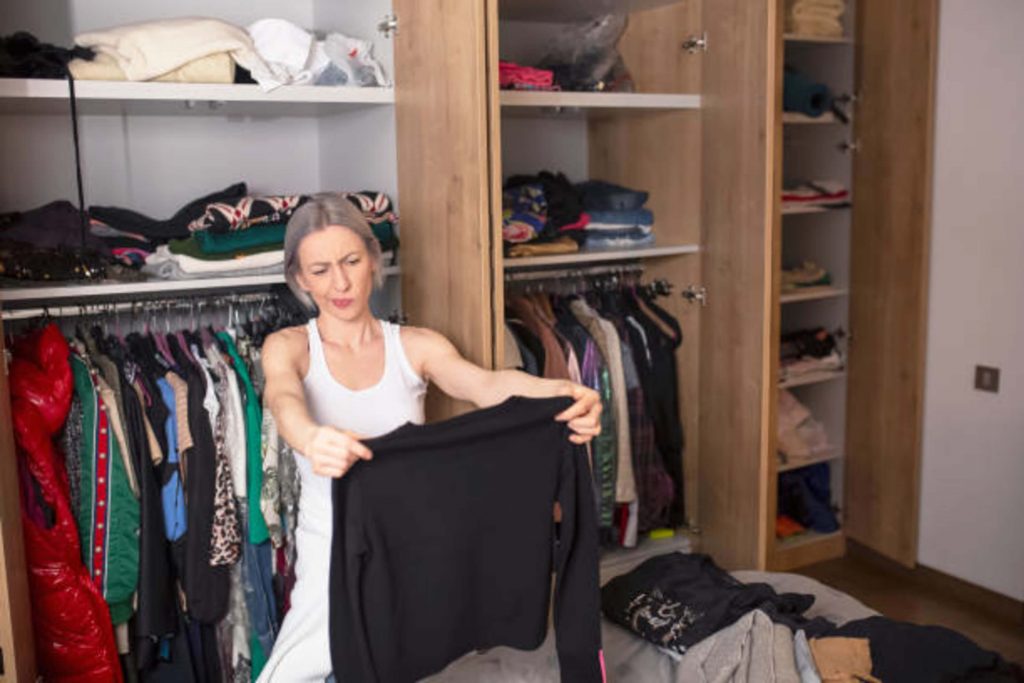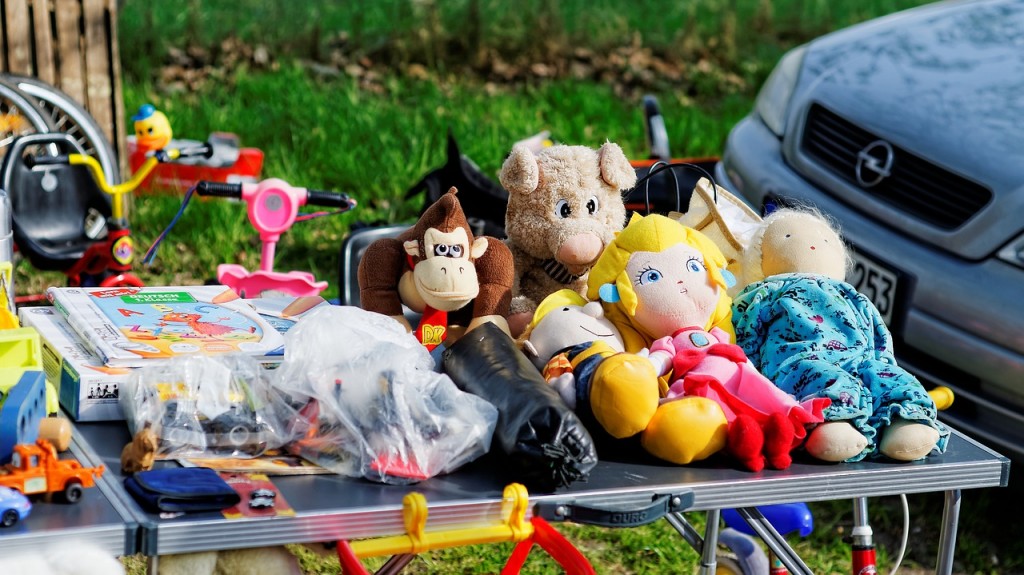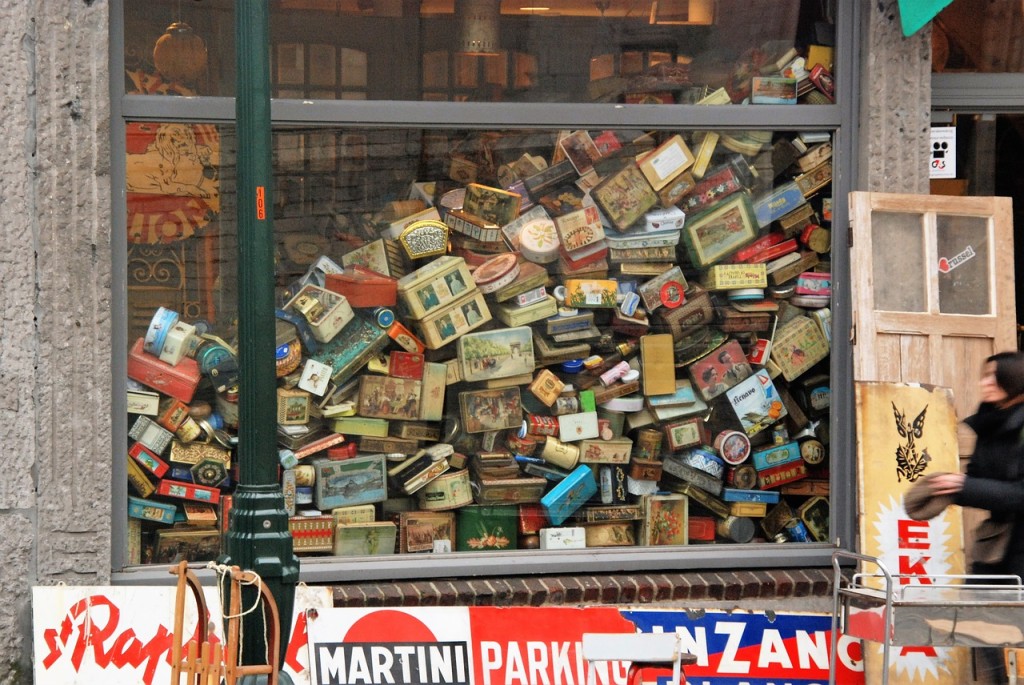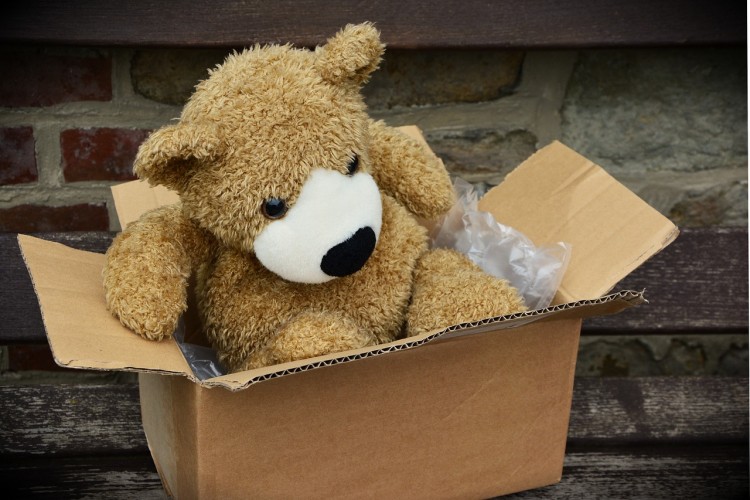6 Tried & Tested Strategies for an Easier Long Distance Move
Any kind of move can be stressful. A lot of people and families dread the moment they have to move to a new place. And as if moving locally wasn’t hard enough, having to move long-distance makes things a whole lot harder and much more stressful. Not only does the distance make your new home much less accessible for planning but you have to hope and pray that all your stuff will make it through hundreds of miles of wear and tear.
Long-distance
moving is no joke at all and if you ask anyone who’s done it before,
they can tell you that it is a major undertaking that needs a lot of
preparation beforehand. Luckily, you can get the fast track on some of the most
valuable tips and strategies to make your long-distance move much more bearable
with less pulling of hair.
1. Do Your Homework
The key to any move is planning, but moving long-distance takes a whole lot more of it than just moving across town. And there’s nothing more important than making sure you have all your ducks in a row before you even start to begin any other step in the move process.
Of course, since your new home is probably a
couple of hundred miles away, things can get more complicated. That’s why
whenever you get the opportunity to visit your new location, it’s critical that
you don’t waste any time and make sure you’re prepared and planning what to do
already even before visiting.
Since you are going to need it when you
arrive, it’s best to get all the details of your new home down pat. This means
literally every nook and cranny of your new place needs to be explored and
measured, especially the size of doorways and angles of the hall because you
don’t want to end up with furniture stuck outside your new place just because it
couldn’t fit through the door.
You probably have no idea when you can visit
again, so it’s best to make sure you get all you can with the very first trip
so you won’t waste time and money having to go back and forth to check things
over.
2. Familiarize Yourself with Your New Home
Moving long-distance means moving to a whole
new world. Sure it’s still within the country, but things in your new
neighborhood can be vastly different from what you’re used to. Not to mention
the city itself is a whole new place, especially if you’re moving across
states. You can be in for a culture shock.
If you can’t do everything in one visit try to at least schedule some time to explore the new place you’re going to call home. Get to know what are the pros and cons, where are the grocery stores, the nearest schools, hospitals, and so on. In this day and age, you can also do all of this online, of course, it’s not the same as in person, but at least you’ll have a mental idea of what to expect when you arrive.

3. Secure Important Documents
Moving to a whole new city or state means you
won’t be able to visit your regulars anymore unless you’re willing to spend
hours on the road for a check-up. So it’s vital to make sure you got all your
important documents secured and changed over if necessary.
Medical records, academic transcripts,
insurance, and anything else that needs to be secured. You don’t want to have
to plan a drive back to your previous town just because you forgot to pick up
your child’s report card. If you need to have things transferred to a local
branch in the new location, make sure to get that settled way ahead of time as
well.
4. Get the Best Value
Expensive doesn’t always mean quality, and
cheap doesn’t always mean you’re saving. But the point is getting professional
help is the way to go. You can always try one of the new hybrid moving trends
such as mobile storage or rental trucks, but still, make sure you do your
homework.
It pays to be very picky in this area because
we’re talking about your life here, it may be just a bunch of personal items
for others but to you, it’s much more than that. So going cheap isn’t the best
route, but don’t always spring for the most expensive service either. Do your
homework in this area as well and check to see what options are available to
you. No matter where you’re moving or how far you can find the best value for
your money that fits your budget just right while also giving you peace of mind
that your belongings will be taken care of.
5. Organize and Declutter
Now that you’ve decided on how you’re moving,
it’s time to prepare for the actual move. If you took the first step seriously,
then you’ll already have all the measurements of your new home ready so you can
start checking off the furniture you know you can bring, and what you may not
be able to get through the door. For these items, you can take the opportunity
to declutter and get rid of them rather than trying to get some special service
to have them delivered to your new home.
Decluttering is an important step in any move and for long-distance relocations, it’s a perfect chance for a completely fresh slate. There are many options as well for decluttering and not all of them have to be painful to your heart and wallet. You can donate items that you think are still useful, or even have a garage sale and make some money back from all the expenses of having to move. You can even consider salvaging old items for new uses in your new home, by disassembling and recycling you not only save space in the truck but you add a new flavor to your new home.

6. Don’t Procrastinate
Last but not least, the most important tip is
not to procrastinate. As soon as you decide to move long-distance whether due
to work or other reasons, you need to start getting ready. Make sure your
family is on board as well, because moving long-distance is not a one-man show
and needs the cooperation of every angle family member, including the pets.
Pack what you can and start having each family member get organized with their areas of responsibilities so that come moving day, the jobs have been delegated and you’re not carrying the burden all on your own.
Long-distance moving is a big endeavor, but it
doesn’t have to cause balding or advance your aging because of all the stress
and hassle. As long as you plan, strategize, and prepare yourself and your
family for the move then you can minimize any biting of nails and pulling of
hair.










